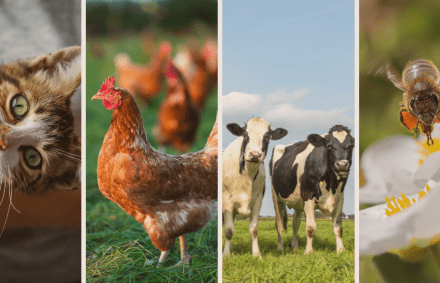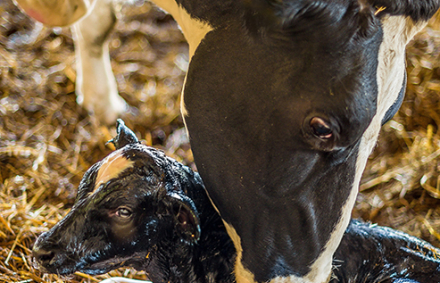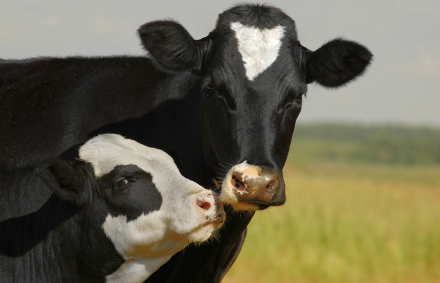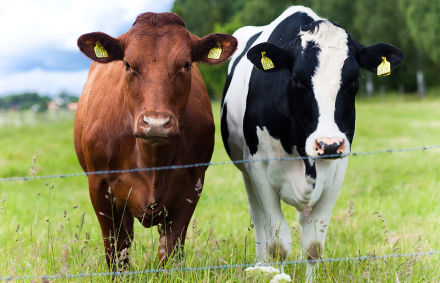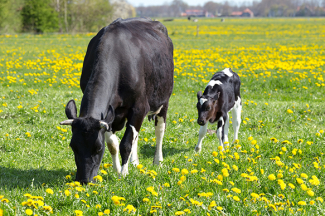
No, it isn't.
The bovine estrous cycle varies in duration according to the number of follicular growth waves it contains and this influences reproductive management
The theory of follicular growth waves was first proposed in the mid-1950s by a Russian physiologist, Rajakoski, who was the first to formulate this hypothesis.
The number of follicular waves depends on fitness rather than breed or species.
- In dairy cattle, Bos taurus or Bos indicus,80% of cows have two follicular growth waves
- In beef cattle, either Bos taurus or Bos indicus,80% of cows have three follicular growth waves.
Cows with more than three follicular waves are very rare in Bos taurus, while in Bos indicus they may represent between 3 and 5%.
But how many growth waves do heifers have? Good question.
- For beef heifers it seems to be well established that 80% have three follicular growth waves
- In the case of dairy heifers the debate is still open: there are studies that state a 80:20 ratio of heifers with three vs two follicular growth waves, respectively, others 60:40 and others 50:50.
There is a tendency to consider all heifers, whether dairy or beef, as having three follicular growth waves rather than two.
Now let's see how the number of follicular growth waves affects the length of the estrous cycle
So we have dismantled what might have seemed like an immovable certainty, namely that cow cycles last 21 days. On average, this is the duration, but the range is 18-24 days.
In cows with two growth waves, the cycle is shorter, but the dominance stage (presence of an active dominant follicle) is longer than in cows with three growth waves, which have a longer cycle but have a faster turnover of the dominant follicle.
On a practical level, we would therefore say that
in three-wave cows, we will have slightly smaller Graafian follicles and an 48-72 hours younger ovulating oocyte. For this reason, some people believe that cows with three follicular growth waves are more fertile than those with 2 growth waves.
